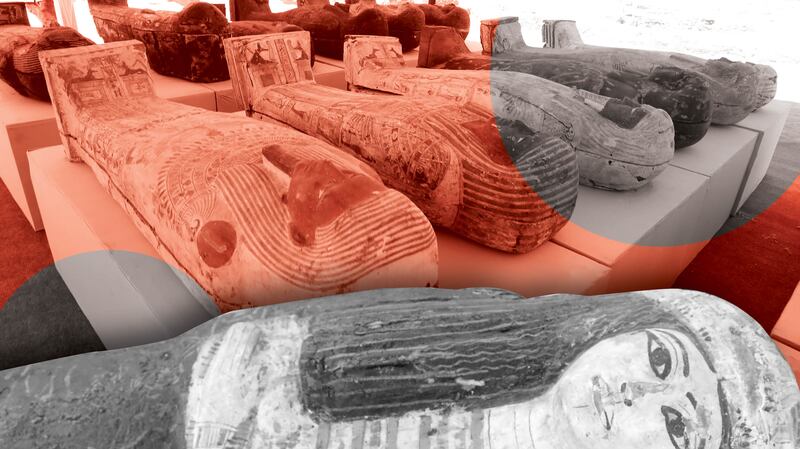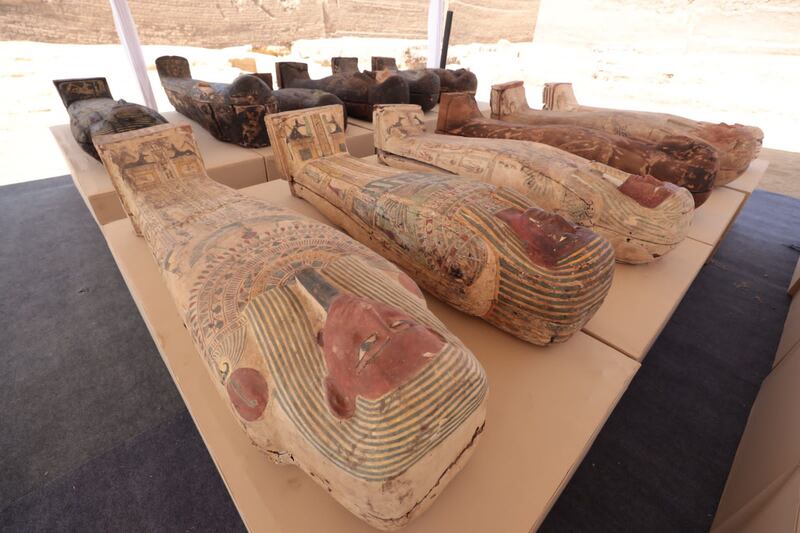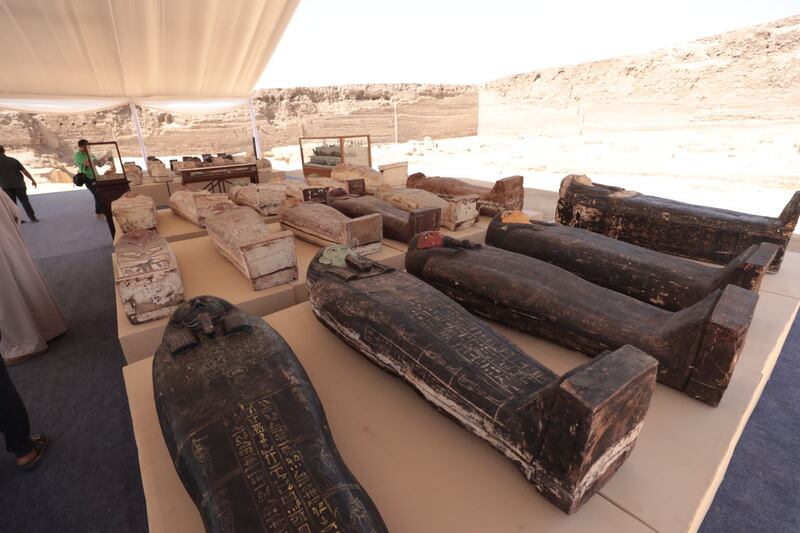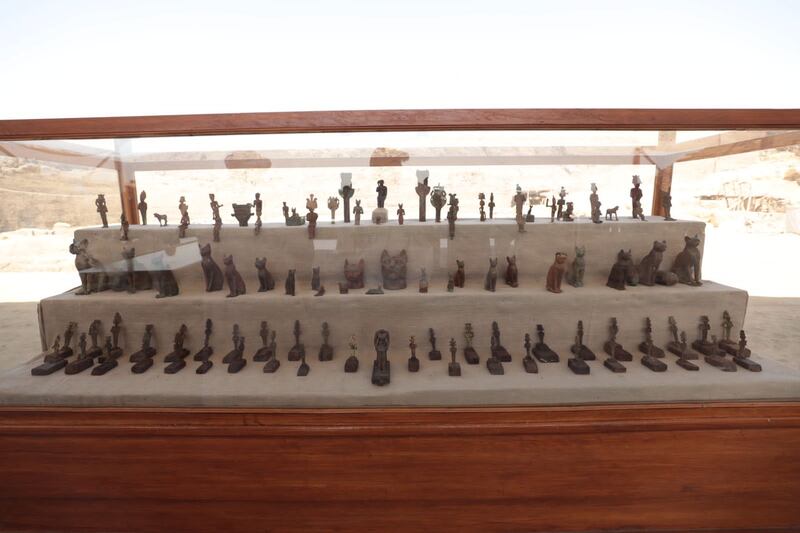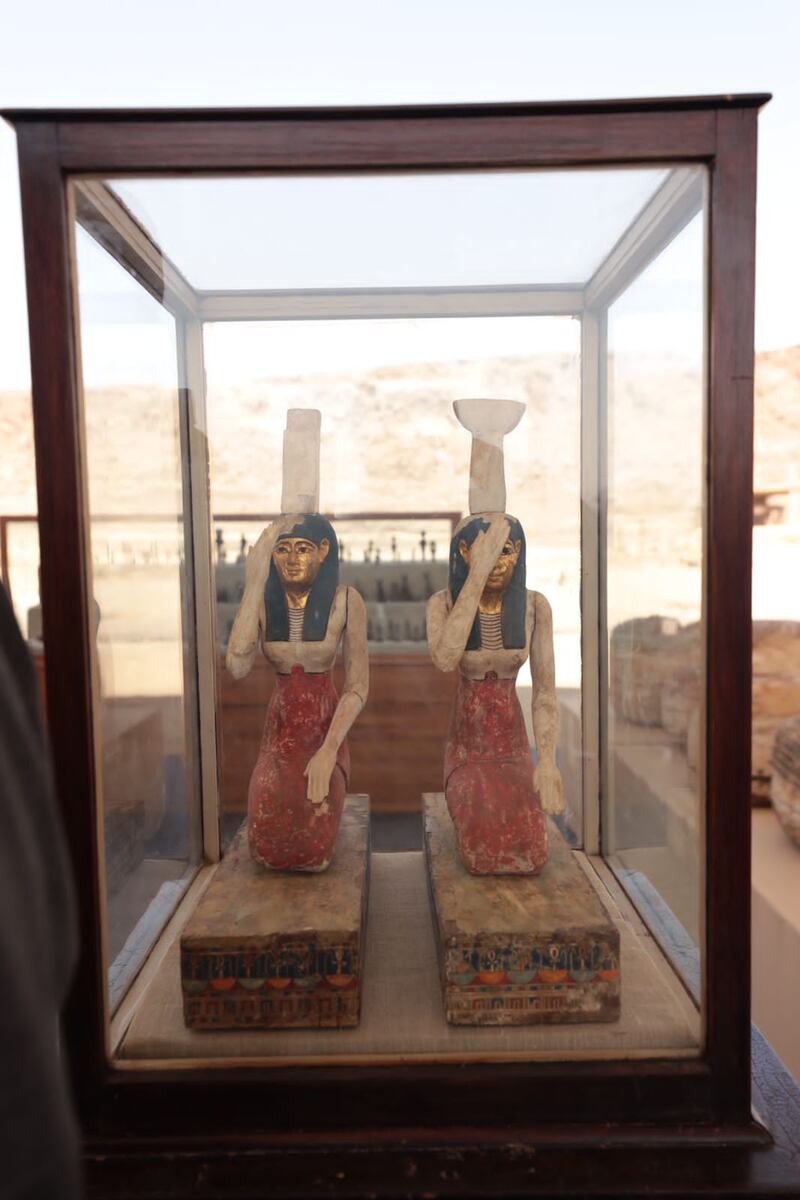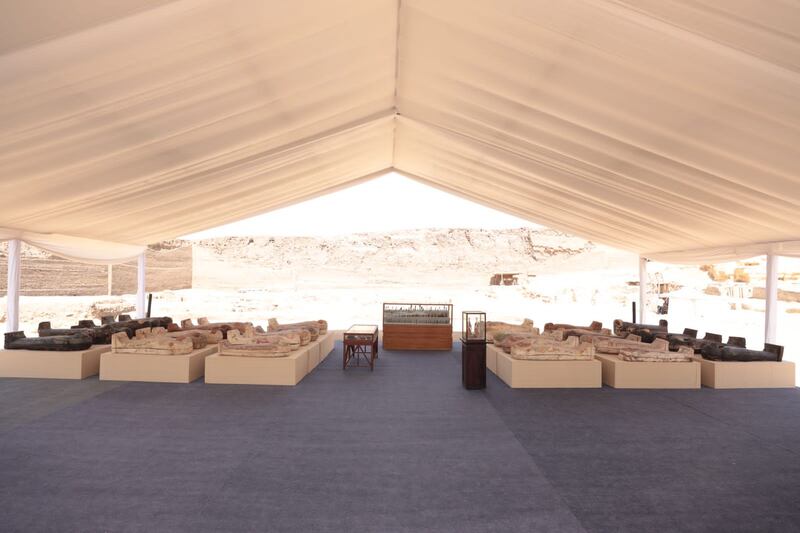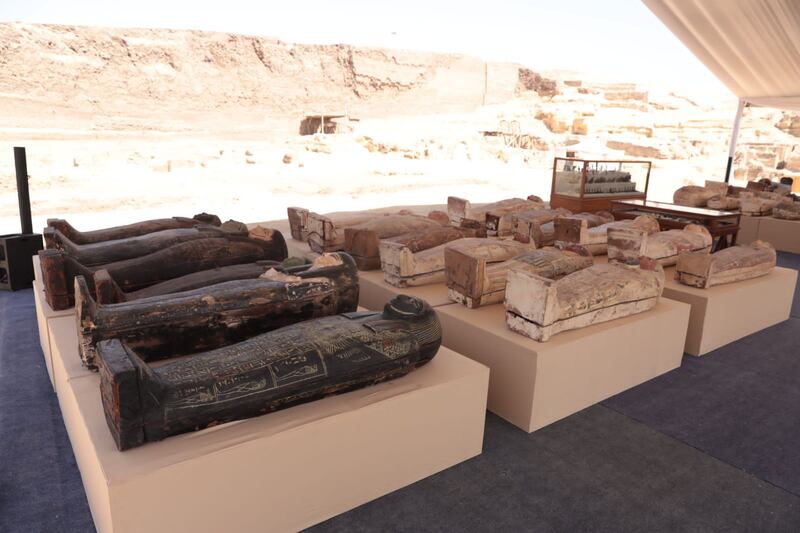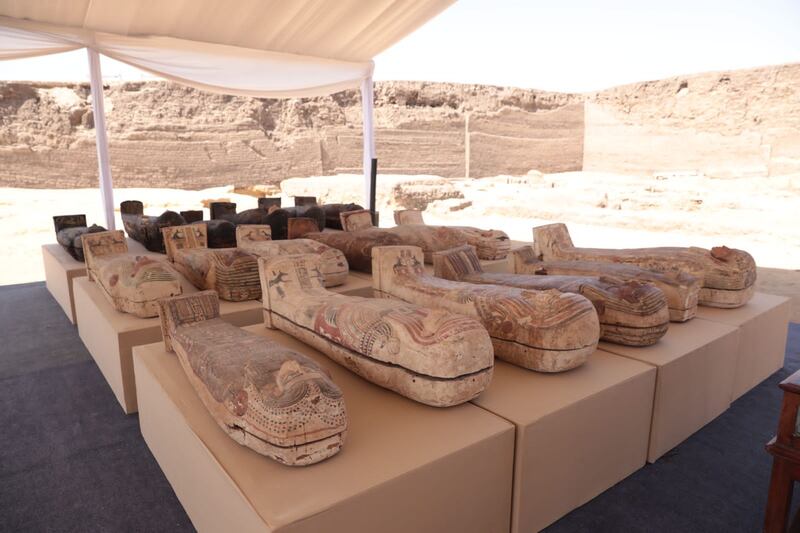The major recent archaeological discoveries in Egypt, most notably a series of coffins discovered at Saqqara, just outside Cairo, in May, are evidence of the genius of this generation of Egyptian archaeologists, restorers and Egyptologists. It is fitting that the objects they are unearthing and studying are particularly remarkable. Each new discovery ― and there have been many recently ― sheds more light on how the ancient Egyptians lived and excelled in the sciences, including medicine, engineering, astronomy, arithmetic, pharmacology and mummification, which until now has been a baffling secret.
Discovering burial sites, of course, is nothing new for the country. Even the pharaohs themselves were at points excavating Egyptian antiquities from earlier periods. After all, the term “Ancient Egypt” encompasses a period of more than 3,000 years. And not all of the “excavations” during that time were friendly. For millennia thieves have targeted tombs. This is why the pharaohs were always looking for a safe place to bury their dead, and helps to explain the existence of epic sites such as Saqqara, which was used as a burial site from prehistoric times until the Islamic era.
But the unearthing and preservation of Egypt’s cultural heritage, fortunately, takes far more constructive forms today, thanks to the careful work of the country’s archaeologists, Egyptologists and historians. And keeping the discipline vibrant is in large part about training the right people and generating in-country expertise.
When the Egyptian archaeologist Zahi Hawass took over the Ministry of Antiquities in 2011, his main concern was just that: for Egyptian archaeologists to learn the art of excavation and restoration. He set up excavation schools and taught more than 500 Egyptian archaeologists the arts of research and excavation until they reached the same level of ability as foreign expertrs, even surpassing them.
The best evidence of this fact is today’s trove of recent discoveries. They have dazzled the world and were uncovered entirely by Egyptian hands. They include the aforementioned findings at Saqqara and the discovery by Dr Hawass of the tombs of workers who built the pyramids and the lost golden city in Luxor. The history of the city dates back to the reign of King Amenhotep III, 3,000 years ago. He also discovered the pyramid of Queen Nate in Saqqara and the Valley of the Golden Mummies in the Bahariya Oasis in the depths of the Western Desert.
When Mustafa Waziri became head of the Supreme Council of Antiquities, he immediately led missions to excavate Egyptian antiquities throughout the country and began working at the Saqqara necropolis, where many of the kings and queens of ancient Egypt, senior statesmen and priests were buried.
In 2018, Dr Waziri announced the discovery of the tomb of "Wahti", a high-ranking employee in Saqqara from the era of Niferirkara from the late Fifth Dynasty of the Old Kingdom, about 4,400 years old. That tomb was untouched and characterised by wonderful colours and the most amazing inscriptions, because they represented daily life, not, as is often the case in tombs, high ceremony.
To the north-west of the pyramid of King Marinara in Saqqara, several tombs were discovered for a person named "Eri", a senior statesman, containing seven oil pots and a huge sarcophagus.
A second tomb belongs to the wife of a person named “Yart” ― we know this because of its proximity to his tomb ― and the third belongs to a person called “Bi Nafarfayi”, who held several positions, including the supervisor of the Great House, the royal palace. The fourth tomb was consecrated for a woman called "Betty", who bore the titles of the only king and priestess of the goddess Hathor. The fifth tomb belongs to a person named “Hannu” who was the supervisor of the royal palace and the hereditary prince.
As for the latest discoveries led by Dr Waziri, the first and largest cache was announced in the excavation area at Saqqara, south of Giza, which includes 150 bronze statues and 250 wooden coffins, dating back to the late era. This cache belongs to a number of ancient Egyptian deities, including Anubis, Amun-Min, Osiris, Isis, Nefertum, Bastet and Hathor, in addition to a group of bronze vessels related to the rituals of the goddess Isis and a headless bronze statue of the engineer “Imhotep”.
Perhaps the greatest artefact that was found was a sealed and untouched papyrus, which was transferred to the Egyptian Museum, central Cairo, for further study and restoration to its original condition.
That papyrus was called “Waziri”. Its length is estimated to be nine metres and contains chapters from the Book of the Dead, which is a group of funerary texts consisting of incantations used by the Egyptians to guide the dead through the underworld.
All these great discoveries highlight the greatness and beauty of the unique ancient Egyptian civilisation. Perhaps the biggest modern event in Egypt’s ongoing mission to honour its past is the building of the Grand Egyptian Museum, which includes the artefacts of King Tutankhamun, the golden pharaoh, which the world will celebrate on November 4, the centenary of the discovery of his tomb by the British archaeologist Howard Carter in Luxor. Festivities will be held in all the cities of the world, and Dr Hawass has even composed an opera ― The Opera of Tutankhamun ― which describes the story of the king's life, full of mystery and magic.
For 10 years, Carter worked at the site of the tomb, where almost 5,400 artefacts were discovered. Of course, what most people do not know about the excavation is that much of the real credit should go to a 12-year-old boy named Hussein Abdel Rasoul. His task was to transport water to workers at the site. He discovered the opening of the cemetery when lowering a water container from the back of a donkey. There is a photo of him wearing a necklace from the tomb. Later, the Ministry of Antiquities transformed his house in Luxor into an open museum. His discovery was indicative of a process, the results of which can be seen today. At that time, archaeology was limited to foreigners, but the workers who helped them were Egyptians, and they were quietly learning the discipline from foreigners.
People such as Howard Carter are and always will be integral. But he belongs to a bygone colonial era. Now, Egyptians are stepping up like never before.
Egypt’s heritage is a world-renowned source of wonder, which enchants visitors from all over the world. But while an important part of Egyptology’s identity is global, it is still positive that today Egypt is seeing the fruits of the hard work of figures such as Dr Hawass and Dr Waziri, in the form not just of new wonders, but a new generation of Egyptian experts.
